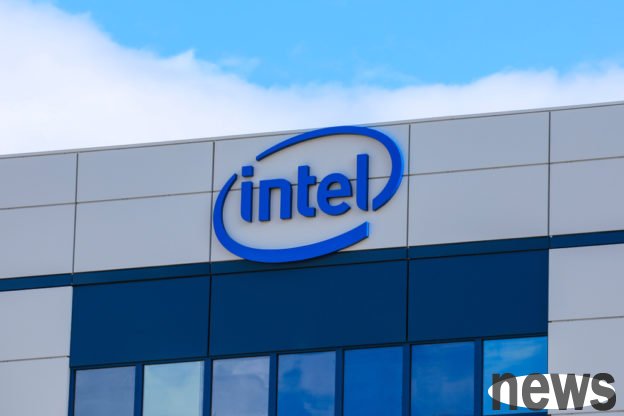
According to Nikkei Asia, the US government has acquired stake in Intel, hoping to revitalize the local semiconductor giant with a key position in the strategic field, and also hopes to replicate the successful experience of the Taiwan Electric Public-Private Cooperation Model.
Intel's Ohio crystal factory is a dilemma. Although construction equipment is still available at the construction site, the project scheduled to be launched this year is postponed and it is currently estimated that it will not be invested until 2030 or later, mainly because of "the lack of sufficient customers to start and fill up the production capacity."
Intel continued to lose weight, mainly because the OEM business was in a quagmire. Last September, the company even considered splitting or selling this business. Although it had the idea of operating with NTEC, it finally announced a breakthrough. The US government decided to gain about 9.9% of Intel's shares, and Intel's OEM business and new factory plans have once again attracted attention.
Intel's financial manager David Zinsner said in August: "They don't want us to split or sell this business." Although Intel will continue to seek external investment in OEM businesses, it wants to retain its management authority. The goal of the US President Trump administration is quite clear: to keep Intel in the United States and increase domestic chip production to meet the strong market demand for semiconductors.
The political risks in the ground have risen, and Intel is regarded as the key to economic security in the United States. At present, the world's advanced chip production capacity is concentrated in Taiwan. Once a conflict breaks out in the Taiwan Strait, it may cut off the US supply chain. The United States regards Taiwan Telecom, the world's largest wafer foundry manufacturer, as a model. Taiwan Power was established against the backdrop of the Taiwan government promoting the upgrading of technology industry, and government-related funds are still the largest shareholder.
However, Intel's investment in the US government was not positive at first. When Trump proposed this idea in August, Intel executive director Lip-Bu Tan did not respond immediately because some directors of the company were selling OEM business at that time. Intel finally chose to accept it because it would be difficult to continue without government support.
Intel people revealed: "If Intel refuses Trump's proposal, government support may be out of guarantee."
The Trump administration may urge American companies to purchase Intel chips or provide technical support to help Intel. But the more government intervenes, the greater the risk of Intel's business shrinkage among countries that are not friendly to the United States. Currently, 76% of Intel's business is from overseas markets.
In addition, excessive government action may make enterprises ignore the importance of independent operation and be cautious about "slaughter enterprises" that rely on supplementary life. The United States has always pursued a laissez-faire industry policy and only needs to be exhausted, such as the 2009 purchase of General Motors.
According to reports on theday, using national strength to support semiconductors has become a global trend. China's SMIC International Recruited the National Fund to support it, and Japanese semiconductor manufacturer Rapidus has received nearly 2 trillion yen (about NT$408 billion) from the government, and European governments have also increased their investment in semiconductors.
Extended reading: Intel may be able to sell 49% of the GRF, but it is unlikely to split and list. Intel completes selling of Altera shares, with expected cost expenditure downwards and earnings on stock prices Intel is in the 14A dilemma: Under high cost pressure, it is difficult to move forward and retreat